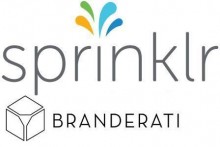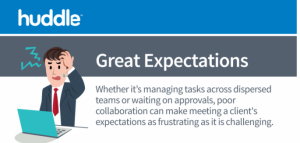Table of Contents
- Keep Your Number of Subscribers on the Rise with Valuable Content
- Move from Survival to Success with an Agile Strategy
- Discover Your Target Audience’s Challenges – Then Solve Them
- Use What You Learned in 2020 to Drive Your 2020 Email Strategy
- Enlist AI as Your Silent Partner
- Hyper-Personalize Your Email
- Use Attractive, Efficient Calls to Action
- Make Your Content Interactive and Mobile-Friendly
- Update Your Subscribers List Regularly
- Sell Advertising Space within Your Emails to Create More Revenue
- Adapt Your Marketing Strategy to Make 2021 a Great Year for Your Business
Due to the COVID-19 pandemic, 2020 has likely generated a slew of changes to your company’s email newsletter strategy as well, among many other business operations.
This revised approach will probably continue well into 2021, as publishers worldwide adjust to the effects of mass vaccinations, recovery from mitigation efforts, and changing economic reality.
As a publisher, it is in your best interest to reflect on all the challenges 2020 brought. Taking an objective view of those changes can help you flesh out an effective strategy for 2021.
With many areas still virtually shut down, email has become an even more valuable tool for publishers since consumers and business decision-makers are spending more time online. The convenience of doing business online will likely not stop with the advent of a vaccine.
Learn how to leverage this change in your subscribers’ online habits to your advantage with these tips.
1. Keep Your Subscribers on the Rise with Valuable Content
To drive revenue, you need to increase your subscriber rate. During the COVID-19 shutdowns, open rates for emails grew by 13 percent, while email conversions increased by 17 percent.
Even after the coronavirus peaked in the spring of 2020, email volume continued to grow in both the media and retail sectors. By becoming their subscribers’ main source of information and goods, companies that use email as one of their main communication channels grew by bringing value to their readers and customers.
With the demise of third-party cookies, brands that turn to email to communicate with their prospects build the kind of loyalty that drives conversions. Instead of pop-up ads that follow them around the Internet, they’ll receive trustworthy information.
Newsletters give consumers a space in which they feel safe and in control.
When you provide relevant information packaged in a quality layout, readers will be more likely to continue their subscriptions and recommend your newsletter to their friends and colleagues.

2. Move from Survival to Success with an Agile Strategy
Before these unprecedented times, most companies had a well-rounded marketing strategy.
With a company blog, regular social posts, PR campaigns, webinars, videos, podcasts, paid search, Internet ads, and email newsletters — and a content calendar to organize it all — companies thought they were prepared for anything.
Then everything changed.
While organization is a plus when it comes to digital marketing, only those businesses agile enough to adapt to the changing times came out on top in the current crisis.
To succeed, you need to revolutionize your email newsletter strategy to meet the challenges in the reality you live in.
3. Discover Your Own Challenges – Then Solve Them
As Fractl marketing director Amanda Milligan points out, helping your audience conquer their challenges is an excellent way to build trust in your company’s expertise.
When you have the flexibility to adapt your email content to meet your audience’s needs, you will earn their loyalty, and likely, their business.
You also need to focus on your own challenges. Is the content in your emails providing the maximum value to your recipients?
Using empathy, as well as your expertise, Milligan points out, gives your content the emotional clout it needs to connect with your recipients’ hearts and their minds. Even if yours is a B2B organization, content with an emotional component is crucial to your success.
A Google-sponsored Motista study pointed out that over 50 percent of B2B buyers have an emotional connection to companies they do business with. That number was surprisingly higher than that of B2B customers.
Publishers have been looking for various ways to strengthen the direct relationships they have with their audience. By focusing on the audience’s needs and adding interactive elements, they can turn their newsletters and other emails into two-way conversations.
4. Use What You Learned in 2020 to Drive Your 2021 Email Strategy
As a publisher, what components of your email newsletter strategy helped you thrive amid 2020’s many challenges?
Most likely, you found additional channels to increase your revenue, making short-term ROI as important as your long-term strategy. If you did, you ensured your publication a more stable, secure future.
The coronavirus wasn’t the only roadblock 2020 brought. Although GDPR and other privacy regulations came into effect earlier, they added another layer to the complex web that businesses faced this year. Add to that the phase-out of third-party cookies, and it could have become a recipe for disaster.
However, your success depended on you and your team’s ability to adapt the content of your newsletters to your subscribers’ new expectations while keeping your brand personality alive.
Authentic, high-quality content that met your recipients’ needs kept your business alive and moving forward.

Catchy, relevant headlines and compelling stories never go out of style when it comes to a robust email strategy. Adapting them to the needs of the moment, though, sets your company apart from its competition.
Even though the content itself might change after the coronavirus disappears over the horizon, the principle remains: Innovative ideas that address your subscribers’ new challenges should remain on the top of your content team’s 2021 to-do list.
5. Enlist AI as Your Silent Partner
Artificial intelligence (AI) provides email publishers with a definitive edge in 2021. Its ability to evaluate your audience’s data and suggest topics and products that interest them is a must-have during the coming years.
Providing content and product recommendations through AI-driven programmatic advertising is a game-changer. Your business can count on its effectiveness to drive revenue and increase engagement.
6. Hyper-Personalize Your Emails
From transactional emails to in-depth content, personalization is a must to create and maintain a close relationship with your brand. Meeting your subscribers’ expectations through dedicated content is an essential component in their engagement with your brand.
This strategy can create a kind of emotional connection that makes them part of your team.

Personalized subject lines and copy that includes the recipient’s name are only the tips of the iceberg these days. Granted, nailing down those personalization basics will increase both your open and transaction rates.
But there’s so much more you can do. Today’s email recipients want to receive content that is relevant to their specific needs.
Subscriber list segmentation is one way to provide them with content that seems more like a personal email than a form letter. Use your audience’s demographics, location, interests, online behavior, and purchase history to target each segment with personalized content.
With subscriber data from surveys and forms combined with social media analytics, you can create audience segments with distinct needs and interests. Then, create (or repurpose) content that interests each segment.
If your email service has the capacity for dynamic content, you can change your content for each segment through automation. Using variables (codes you insert into the text), you can tailor your content to each of your target audiences quickly and efficiently.
Programmatic email ads, too, can be hyper-personalized through AI to address each segment’s interests. Adding them to your emails provides an additional layer of personalization.
Even better, they provide your business with another stream of income, a critical ingredient in success in a changing environment. In contrast to the long-term strategy of building sales through trust and loyalty, this type of email monetization can deliver immediate results.
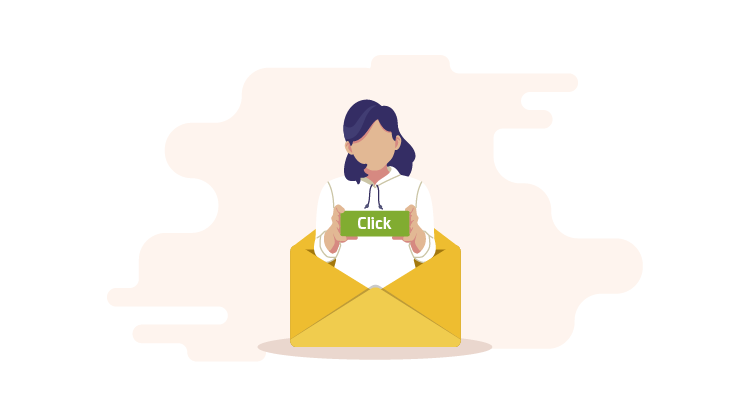
7. Use Attractive, Efficient Calls to Action
If you’ve ever watched a film without a solid ending, you experience a sense of incompleteness. Similarly, when your subscribers read an article in your newsletter, it should have a crisp, clean finish, giving them a sense of accomplishment.
In business communications, the ending needs to tell your readers what you want from them. Use positive, yet clear language to entice them to take the desired action, whether it’s making a purchase, filling out a form, or clicking through to your website.
8. Make Your Content Interactive and Mobile-Friendly
Even the most carefully crafted content can bore your readers if you don’t provide a way to interact with it. Using visuals, infographics, and even buttons and links they can click for more information is essential to maintain their attention.
Be sure to test your design, including any clickable features, to make sure that it is user friendly. Nothing annoys readers more than non-functional links.
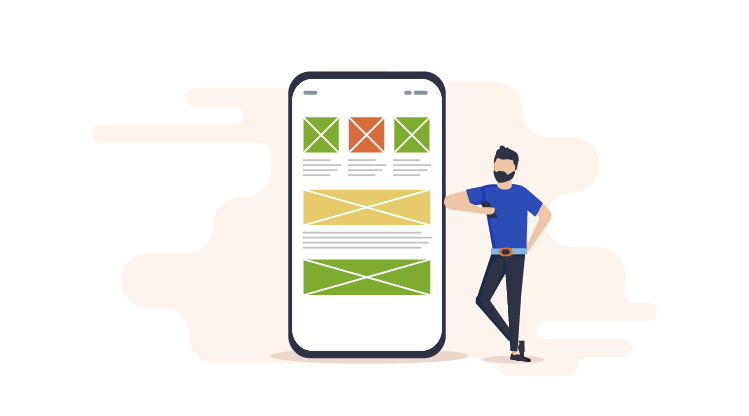
With the rising use of mobile devices to open and read emails, your email campaigns need to be mobile-friendly. In 2012, recipients opened only 27 percent of all marketing emails on a mobile device. Today, that number has skyrocketed to 61 percent – and will likely jump even higher during the coming year.
9. Update Your Subscribers List Regularly
While segmentation and personalization are essential, so is weeding out inactive subscribers.
Recipients who rarely – if ever – engage with your content are likely to become annoyed with all the clutter in their inbox, increasing the possibility that they will report your emails as spam, even if they once subscribed.
Keeping inactive subscribers can also stretch your sending resources, causing you to expend your budget on them rather than finding active new subscribers. A good rule of thumb is if a subscriber is inactive for six months or a year, remove them from your list.
10. Sell Advertising Space within Your Emails to Create More Revenue
We’ve already discussed the benefit of programmatic advertising that targets your subscribers’ needs. However, ensuring that they look “native”, like part of your newsletter itself, provides your readers with a smooth, discreet experience that they will enjoy.
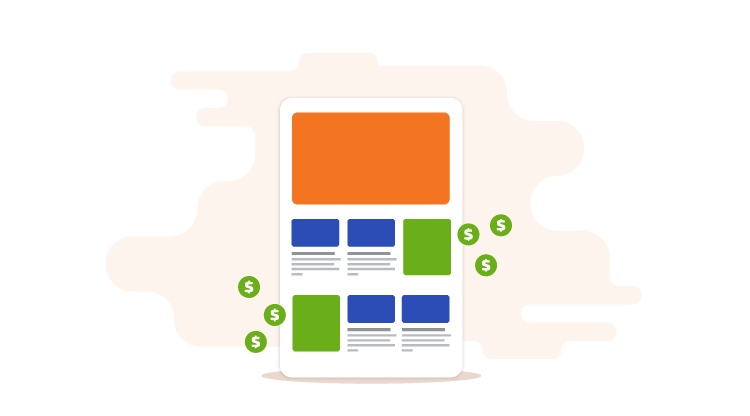
When your ads are native, meaning that they look like links to articles about topics they are interested in, they will be more likely to click on those ads.
When they click on those ads, your company collects more revenue for your efforts. It’s a win-win scenario for your subscribers and you.
Statistics demonstrate the effectiveness of this strategy. Native ads receive 53 percent more views than other display ads, while 62 percent of today’s marketing teams use programmatic advertising in conjunction with their email newsletter strategies.
11. Adapt Your Marketing Strategy to Make 2021 a Great Year for Your Business
If 2020 taught us anything, it is that uncertainty is a part of life in the 21st century. The pandemic forced publishers to adapt quickly and find new ways to do marketing. As a result, innovation in email strategies underwent a quantum leap.
However, with a customer-oriented strategy informed by audience data, you can build a permanent relationship with your subscribers. If you get it right, you’ll convert a larger percentage of them into paying customers.
Invest in the right technology and empower your content teams to create innovative, informative content that elevates your brand to a whole new level. And, of course, allow room for the unexpected. With the right creative team, you can adapt to whatever 2021 brings.

To succeed with your email monetization strategy, you need a partner with the experience and expertise to merge design and technology for optimum results. inboxAds’ data-driven email monetization solution employs leading-edge AI ad selection to provide native dynamic ads that drive clickthroughs and, therefore, revenue.
Digital & Social Articles on Business 2 Community
(31)
Report Post






